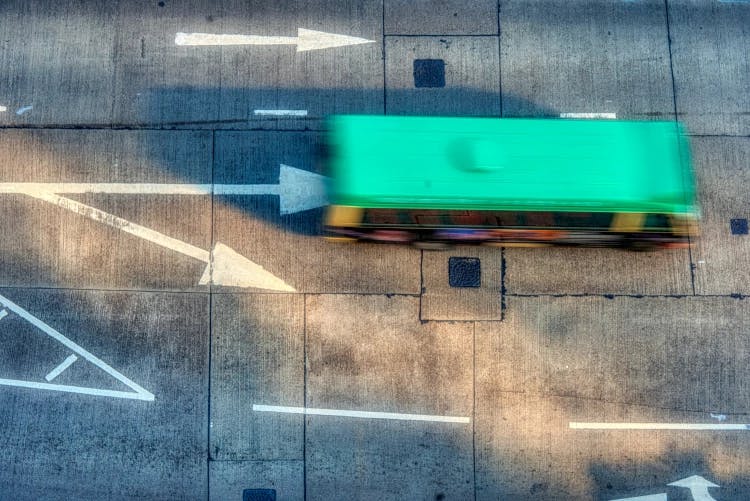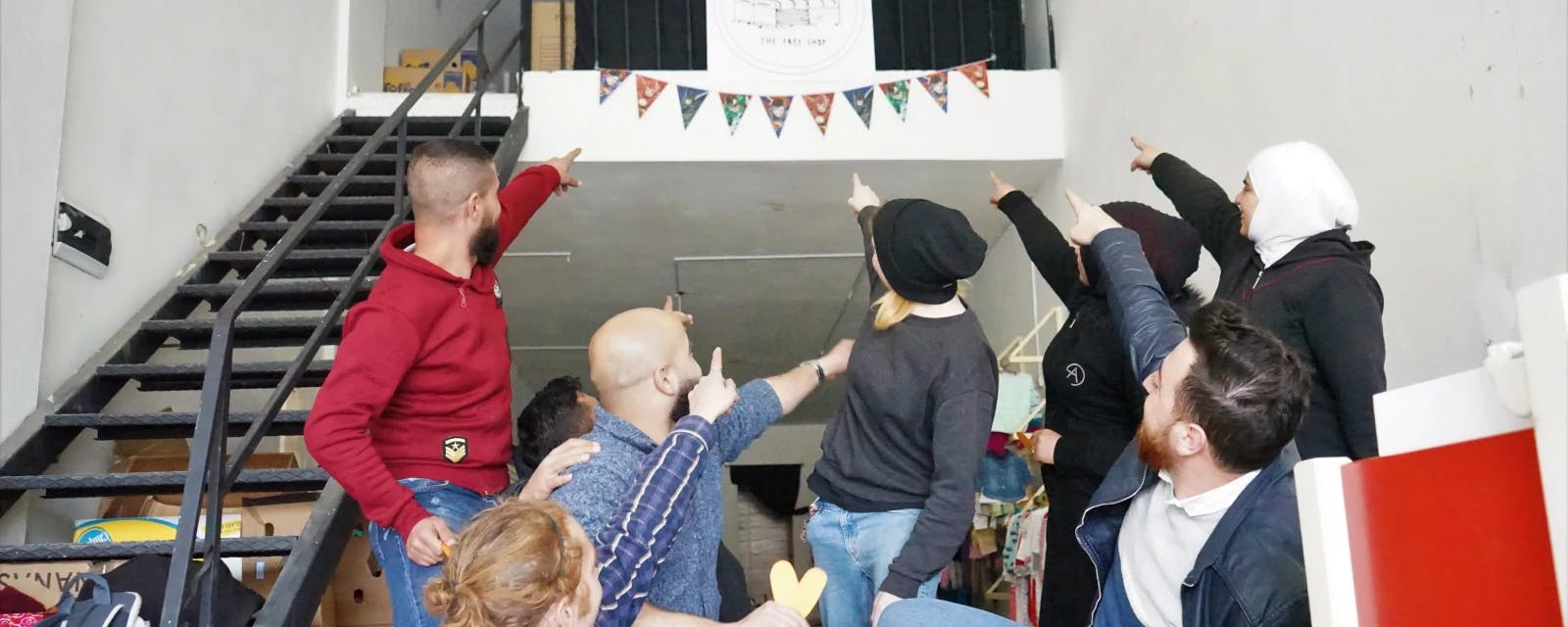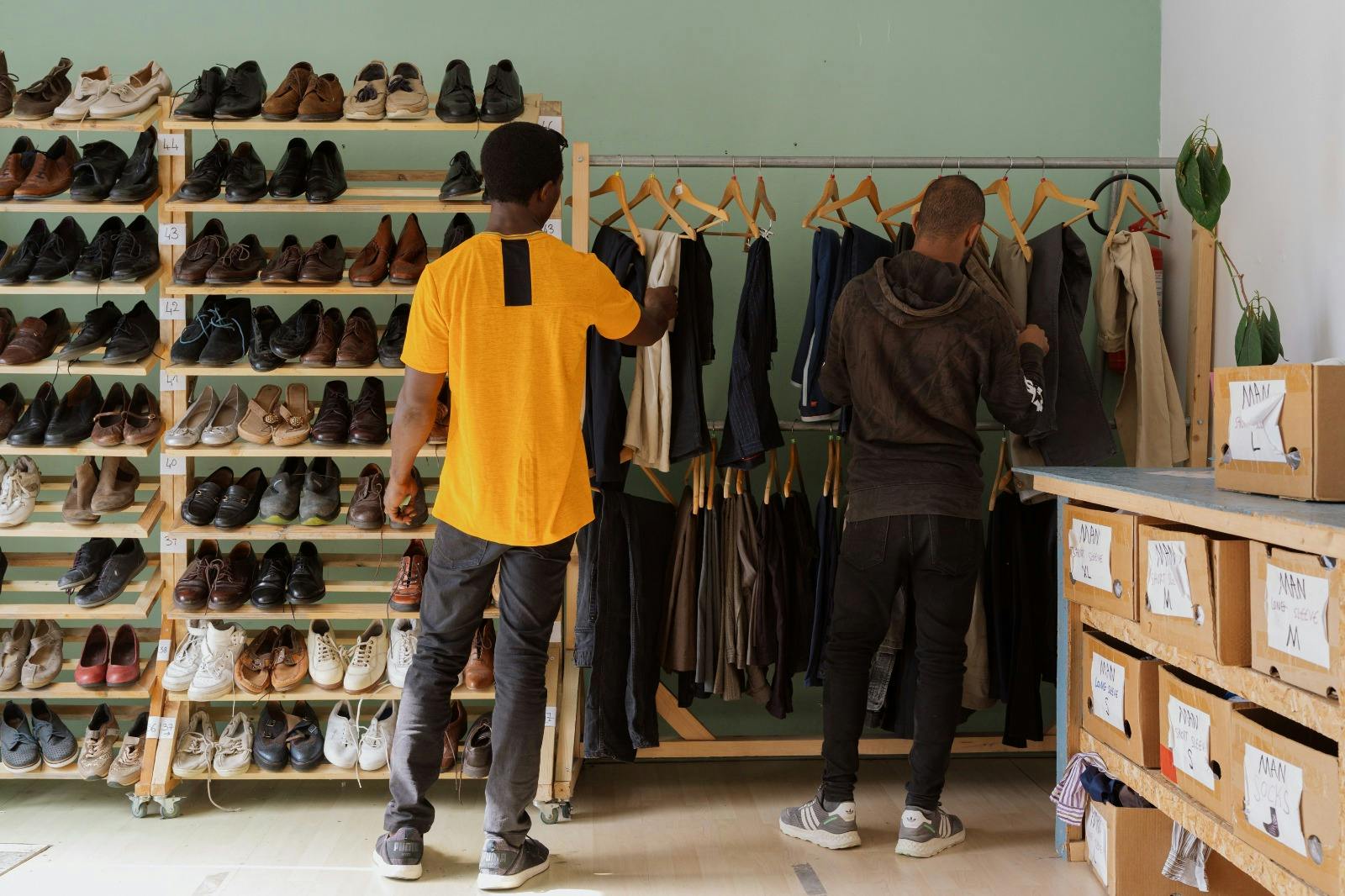Our cooperation with aid-collecting organisations
An Impact Highlight from our 2021 Annual Report
Hans Peter Gürtner
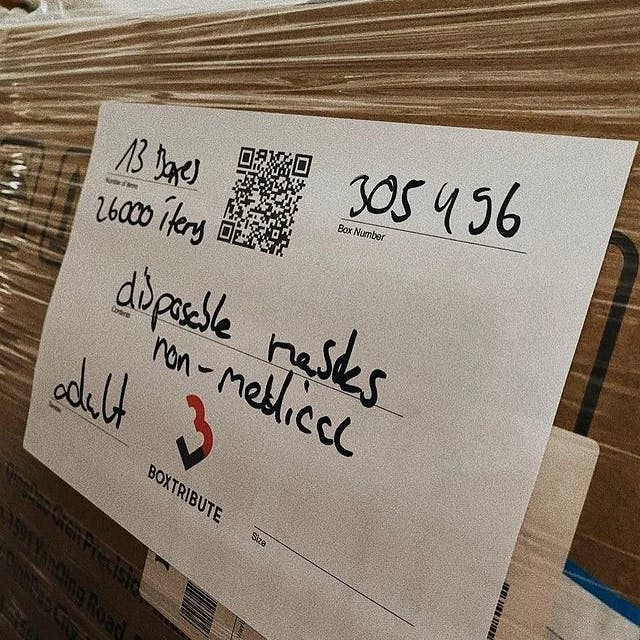
Hans Peter Gürtner
Humanitarian actors experienced the knock-on effects of 2021 global supply chain constraints, which created bottlenecks in the Euro area at historically high levels¹. These constraints had a direct physical impact of intensifying aid shortages in the field. In addition, the ongoing effects of COVID-19 through the year, combined with health guidelines restricting gatherings of people, made it difficult for many charities to physically operate and distribute aid.
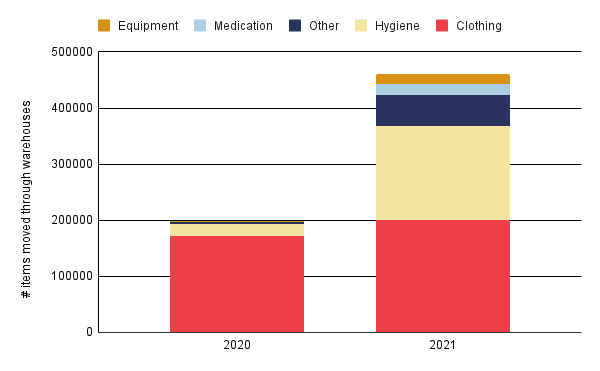
Figure 1: How many items of aid were moved through our partners warehouses by product category and year.
Therefore, our focus in 2021 moved from expanding end distribution capabilities to securing critical aid supplies in the field. We made four new partners with charities situated in Germany and the UK, who had many of the needed supplies due to their strong network of local aid collection in their home cities, collecting over 390,000 items in 2021. By working with those partners, we were able to both improve their internal aid collection processes, as well as facilitate smooth and rapid outward deliveries to crisis hotspots in the field.
An example of our impact on the whole supply chain was the collection, delivery and distribution of more than 100,000 FFP2 masks in April 2021. These masks were vital to distribute in refugee camps to keep them from becoming pandemic centres. This was possible thanks to a collaboration between our two partners Grenzenlose Wärme, one of our new aid collecting partners, and IHA, a distribution centre based in Northern Greece. This connection was made possible thanks to Boxtribute, as was the ability for them to coordinate operations by seeing who had which items in which warehouse locations at what time. Without Boxtribute’s support, such a transparent mass distribution would not have been possible.
